Steaming pear with rock sugar is a time-honored traditional Chinese dessert celebrated for its delicate flavor and therapeutic benefits. This humble dish, often recommended for soothing coughs, moistening the lungs, or simply indulging in a comforting treat, hinges on precision—particularly when it comes to steaming time. Achieving the perfect balance between a tender, juicy pear and a syrupy rock sugar glaze requires careful attention to timing, as overcooking or undercooking can drastically alter both texture and efficacy. This article delves into the science and craftsmanship behind steaming pear with rock sugar, exploring the ideal duration, variables that influence cooking time, and expert tips to elevate this classic recipe.
The Science of Steaming: Why Time Matters
Steaming is a gentle cooking method that relies on hot, moist heat to transform ingredients. Unlike boiling or frying, steaming preserves nutrients, flavors, and textures by avoiding direct contact with water or oil. For pears, steaming softens the fruit’s fibrous structure while allowing the rock sugar to melt into a fragrant syrup. The duration directly impacts the pear’s tenderness and the syrup’s viscosity. Too short, and the pear remains crisp, failing to absorb the sugar’s sweetness; too long, and it risks becoming mushy, with the syrup thinning due to excessive moisture release.
Factors Influencing Steaming Time
-
Pear Variety and Size:
The type of pear used—such as Asian pears (crisp, apple-like) or European pears (softer, buttery)—affects cooking time. Larger pears or those with denser flesh require longer steaming. For consistency, select uniformly sized fruits, ideally between 150–200 grams each. -
Rock Sugar Quantity:
The ratio of sugar to pear influences osmosis. More sugar accelerates moisture extraction from the pear, potentially shortening steaming time. However, excessive sugar can overshadow the pear’s natural flavor. -
Steaming Equipment:
A wok with a bamboo steamer retains heat efficiently, while electric steamers or multicookers may have variable power outputs. Thicker-bottomed pots prevent scorching but may require slight adjustments to timing.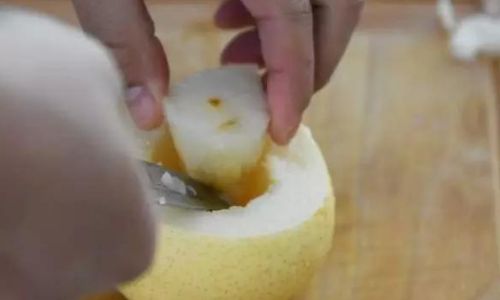
-
Altitude and Humidity:
High-altitude kitchens experience lower boiling points, which can extend steaming time. Similarly, dry climates may cause quicker evaporation, necessitating occasional monitoring to prevent the pot from drying out.
Optimal Steaming Time: A Step-by-Step Guide
Preparation (5–10 minutes)
-
Selecting Pears:
Opt for firm, ripe pears with smooth skin. Avoid overly soft or bruised specimens. Asian pears like Ya Li or Nashi are traditional choices, but Bosc or Anjou pears work well in a pinch. -
Prepping the Ingredients:
- Peel the pear (optional, but recommended for texture consistency).
- Core the pear using a melon baller or paring knife, removing seeds and the central fibrous core.
- Place 1–2 tablespoons of rock sugar (adjust to taste) into the pear’s cavity. For added complexity, include 3–5 goji berries, a slice of ginger, or a pinch of Chinese wolfberries.
-
Setting Up the Steamer:
Fill a wok or pot with 2–3 inches of water. Bring to a rolling boil over high heat. Place the pear in a heatproof dish (ceramic or glass) and lower it into the steamer basket. Cover tightly to trap steam.
Steaming Process (20–35 minutes)
-
Initial Steaming (15–20 minutes):
Maintain high heat for the first 15 minutes to rapidly soften the pear’s exterior and melt the rock sugar. Check water levels halfway to prevent burning. -
Adjusting Heat (if needed):
Reduce to medium heat if the water boils vigorously, as excessive agitation can destabilize the pear. -
Final Steaming (5–15 minutes):
The pear is ready when a skewer inserts easily into the flesh, and the syrup thickens to a honey-like consistency. Smaller pears may finish in 20 minutes total, while larger ones need 30–35 minutes.
Testing for Doneness
- Visual Cues: The pear’s skin should wrinkle slightly, and the syrup should caramelize into amber hues.
- Tactile Test: Gently press the pear; it should yield without collapsing.
- Syrup Consistency: Tilt the dish—the syrup should coat the back of a spoon without running off immediately.
Common Mistakes and How to Avoid Them
-
Understeaming:
Result: Crunchy pear with grainy sugar.
Fix: Extend steaming in 5-minute increments, checking periodically. -
Oversteaming:
Result: Mushy pear with watery syrup.
Fix: Use a timer and monitor closely after 20 minutes.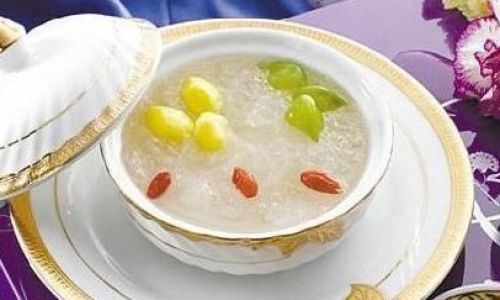
-
Inconsistent Heat:
Fluctuating temperatures disrupt cooking. Maintain a steady medium-high flame. -
Skimping on Sugar:
Rock sugar not only sweetens but also aids in caramelization. Use at least 1 tablespoon per pear.
Advanced Techniques and Variations
-
Double Steaming:
For enhanced flavor, steam the pear for 15 minutes, remove, and let it rest for 10 minutes before returning to the steamer. This “resting” period redistributes moisture and sugar. -
Infused Syrups:
Add 1–2 pandan leaves, a cinnamon stick, or star anise to the steaming water for aromatic undertones. -
Cold Finish:
Chill the steamed pear in its syrup for a refreshing dessert, garnished with mint or a drizzle of honey. -
Combination with Herbs:
Steep 1–2 grams of chrysanthemum flowers or dried licorice root in the syrup for medicinal benefits.
Storing and Reheating
- Refrigeration: Store in an airtight container for up to 3 days. The syrup will thicken further as it cools.
- Reheating: Gently steam for 5–7 minutes or microwave in short bursts to avoid overcooking.
The Cultural Significance of Steamed Pear
Beyond its culinary appeal, steamed pear with rock sugar holds deep roots in traditional Chinese medicine (TCM). Pears are believed to “moisten the lungs” and “clear heat,” while rock sugar (rock candy) is thought to harmonize the dish’s properties. This dessert is often consumed during seasonal transitions or for respiratory relief, blending nourishment with cultural ritual.
Conclusion
Mastering the steaming time for pear with rock sugar is a dance between intuition and technique. While 25–30 minutes serves as a reliable baseline, factors like pear size, equipment, and personal preference demand flexibility. The goal is to achieve a harmonious balance—a pear that collapses gently under a spoon yet retains its shape, bathed in a syrup that clings like liquid amber. Whether enjoyed as a remedy or a guilty pleasure, this dessert rewards patience and precision, embodying the philosophy that good things take time. So next time you fire up your steamer, remember: the clock is your ally, but your senses are your greatest guides.
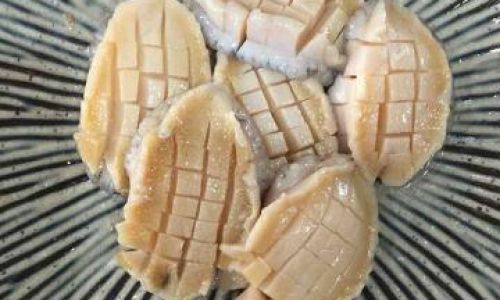
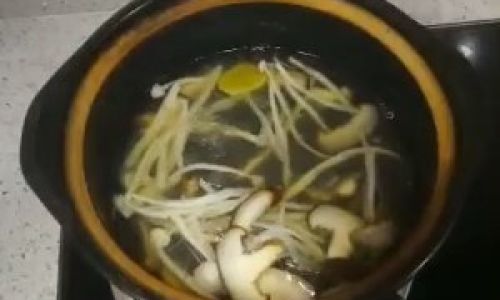
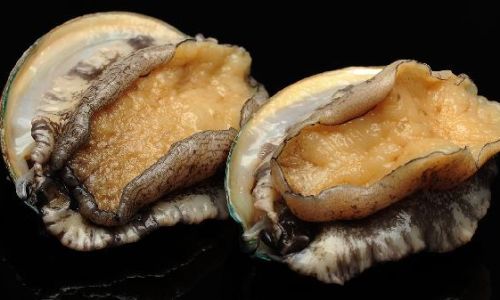
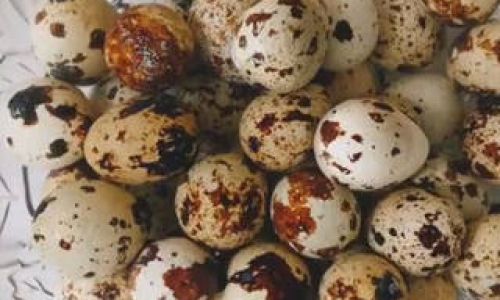
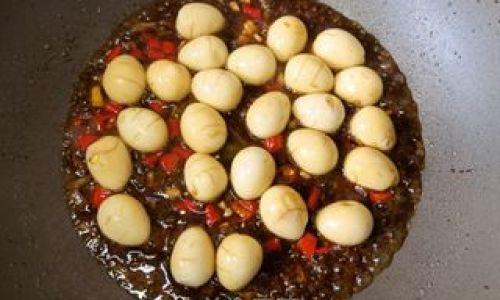
0 comments